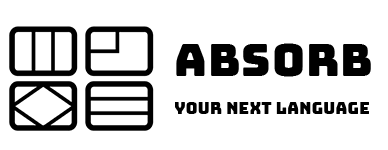There are several language learning methods, from audio-based learning to classrooms and lectures. Each one has its own upsides and downsides. Here are the pros and cons of each method:
Audio-based learning can involve listening to language lessons, listening to podcasts, or doing fancy techniques like Pimsleur’s approach which plays sounds in an effort to get you to absorb them more naturally. Can be done on-the-go or while multitasking and helps develop listening skills, but there’s limited opportunity for speaking and practicing with others and a lack of visual aids which can be key for learning.
You can pay for an expensive language school to get the interaction with teachers and peers to help with your language learning. You’d get immediate feedback and it will help you not use bad grammer. But this comes with limited flexibility with schedules, and may progress too slowly or too quickly for your own individual needs.
Most reading based learning methods try to get you to learn a language like a child does by reading kindergarten stories. But these stories are boring and not fun, because they were meant for children. Learning through reading is great as it can help you build an incredible vocabulary, but it’s hard if you try to do it totally immersively.
Lectures:
Pros:
– Provide in-depth knowledge on a specific topic
– Can be engaging and informative
Cons:
– Limited interaction with others
– May not cater to individual learning styles
Ultimately, the most effective language learning method varies from person to person. It’s important to explore different methods and find what works best for you. Mix and match methods to create a personalized learning experience. Remember to practice regularly and seek feedback from peers and instructors. With dedication and effort, learning a language can be an enjoyable and rewarding experience.
